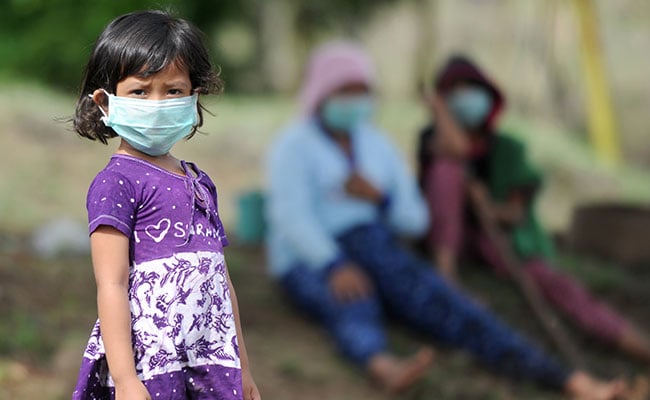
Bali's Mount Agung volcano is rumbling and has forced Indonesian authorities to close the Bali airport for second day on Tuesday. Mount Agung volcano has been spewing thick grey smoke since last week. All flights have been grounded and some over 40,000 people living in the danger zone have abandoned their homes. The 1963 eruption of Mount Agung volcano is recorded to be the deadliest in Indonesia, the world's most active volcanic region. It took away the lives of some 1,600 people.
According to experts, Mount Agung's recent activity matches the build-up to the 1963 disaster which produced enough debris - about a billion tonnes - to lower global average temperatures by 0.2-0.3 degrees Celsius for about a year. Here's a look at some of the effects of such volcanic eruptions:
While a large amount of volcanic eruption consists of magma and steam, many gases like carbon dioxide and sulphur dioxide gas also surface. While carbon dioxide contributes to the greenhouse effect, sulphur dioxides pose environmental dangers as it converts into sulphuric acid in the stratosphere and can led to acid rain.
Sulphate aerosols are formed after volcanic eruptions which reflect solar radiation and absorb heat. This can lead to cooling of the earth. Depending on the size of the eruption, there can be a volcanic winter.

The last volcanic eruption in Mount Agung was in 1963.
Photo Credit: AFP
When ash and mud from a volcanic eruption mixes with rainwater or melting snow, mudflows are created. These fast moving flows are called lahars. These lava flows and lahars can damage settlements and clear areas of agriculture.
Ash spewed by a volcano can negatively affect the engines in an aircraft, say pilots, and this is one of the reasons why aircrafts are stopped from flying in areas where there is a volcanic threat.
A study led by researchers at the University of Leeds in the UK warns that climate change caused by humans is rapidly melting ice in volcanically active regions, which could lead to increased volcanic eruptions.
Track Latest News Live on NDTV.com and get news updates from India and around the world

